RZB Emergency luminaires


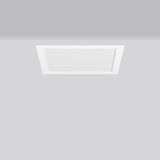




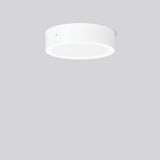

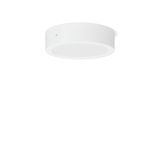
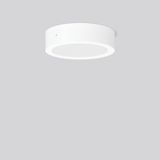
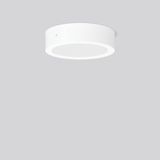


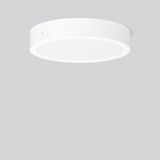
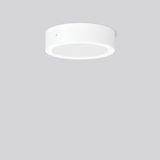
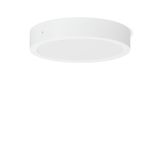

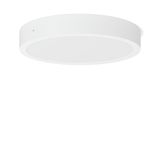

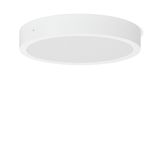

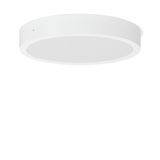




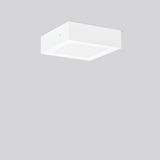
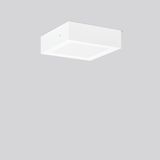
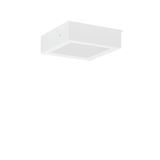



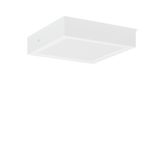




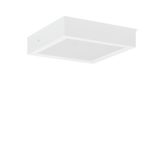
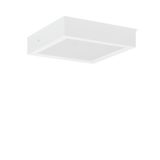

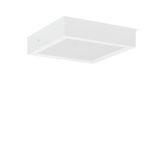

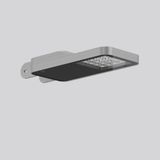

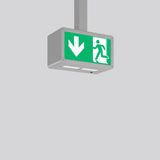
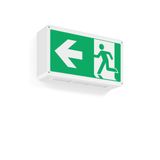
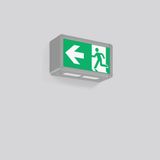

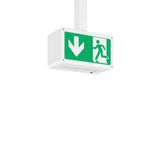

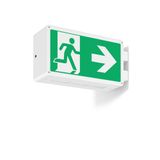


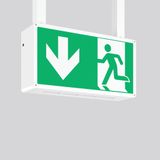

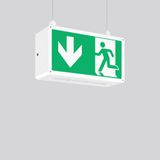
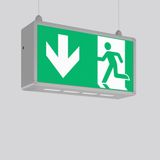
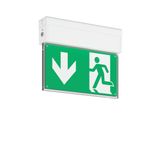

rzb emergency luminaires portfolio for commercial and industrial facilities
RZB emergency luminaires are built for environments where reliable evacuation lighting and driver integrity under voltage fluctuation matter more than decorative appearance. The brand’s modular approach allows the same housing families to host maintained or non-maintained configurations, self-contained or centrally supplied. Luminaires share identical optical platforms with RZB’s architectural ranges, ensuring uniform ceiling language while meeting escape-route photometric requirements of EN 1838 and DIN VDE 0108.
rzb emergency LED fixtures product range and configurations
Surface and recessed bodies cover corridors, stairwells, and open-area anti-panic zones. Typical outputs 100–700 lm with system efficacies > 110 lm/W depending on optics.
Exit signs and blade types integrate pictograms per ISO 7010, with edge-lit or back-lit panels; luminance on the pictogram face ≥ 500 cd/m² and uniformity ≥ 0.8.
Compact bulkhead versions with sealed housings reach IP65 / IK08, suited for parking decks or production halls.
Battery technologies include LiFePO₄ and NiMH, rated 4–8 Ah, giving 1–3 h emergency duration. Central-battery variants use 24 V DC interfaces compatible with monitoring systems under EN 50172.
Mounting hardware matches RZB ceiling, wall, and track geometries; installers reuse hole patterns from standard luminaires without special tooling.
rzb exit lighting technical specifications and standards
- Optical design — escape route optics deliver typical 1 lx minimum / 10 lx max ratio on center lines, verified to EN 1838 §4.2. Open-area lenses ensure 0.5 lx minimum at floor level.
- Light source — dedicated LED engines CRI ≥ 80, CCT 4000 K, selected for low thermal rise and LM-80 verification.
- Electrical — universal input 220–240 V AC 50/60 Hz; driver PF ≥ 0.90, THD < 20 %. Surge immunity 2–4 kV (L-PE).
- Autonomy & control — self-test and DALI-2 emergency interfaces with addressable fault reporting. Test cycles per EN 62034.
- Thermal & lifetime — LED lifetime L80 B10 ≥ 70 000 h at ta 30 °C, battery design life ≥ 6 years at 25 °C; temperature monitoring prevents over-charge.
- Ingress & impact — indoor IP20/IP40, sealed IP65, impact IK07–IK08. Ambient operation −10…+40 °C.
- Compliance — construction IEC/EN 60598-2-22, control gear IEC/EN 61347-2-13, EMC EN 61000 / EN 55015 / EN 61547, photobiological safety EN 62471, cable fire performance EN 50575 (Eca–B2ca).
rzb non-maintained emergency lights applications and use cases
- Office and education — non-maintained ceiling points supplement DALI-controlled mains luminaires, ensuring safe evacuation during blackout.
- Retail and hospitality — maintained edge-lit signs combine emergency function with aesthetic consistency; rzb safety lighting appears unobtrusive in public view.
- Industrial and logistics — IP65 bulkheads and trunk-mount units cover long aisles; high-ceiling optics meet 1 lx requirements at floor without secondary brackets.
- Healthcare and public buildings — dual-circuit luminaires permit monitored testing during operation hours without disruption.
Mechanical interfaces match RZB trunking and pendant systems, allowing one continuous feed and common suspension geometry
Integration with building control and monitoring
RZB emergency ranges use the same DALI-2 Emergency (IEC 62386-202) protocol as their general lighting families, enabling unified commissioning and fault logging. For central-battery setups, address inputs conform to EN 50172, while self-contained units run periodic function and duration tests autonomously.
Battery replacement modules slide into the gear tray without rewiring; connectors meet EN 60320-1 mechanical coding to prevent polarity error. Integration with RZB panels and downlights ensures matching photometrics and emergency coverage density in mixed installations.
rzb backup lighting systems selection criteria for B2B clients
- Mode — choose maintained for combined general/emergency function or non-maintained for dedicated standby duty.
- Autonomy — standard 1 h, extended 2–3 h for sites with slow evacuation or generator delay.
- Battery chemistry — LiFePO₄ preferred for low maintenance; NiMH for cost-sensitive retrofits.
- Environment — IP20/IP40 indoors; IP65 bulkheads for damp or outdoor use.
- Monitoring — adopt DALI-2 Emergency where central reporting is required; self-test for stand-alone circuits.
- Mounting — surface, recessed, or suspended; verify ceiling type and cable route before tender.
Large estates typically standardize one open-area luminaire, one escape-route optic, and one pictogram style—simplifying spares, training, and test documentation
Advantages of working with Bankoflamps
Our B2B clients receive structured commercial terms tailored to each specification package: individual pricing and formal offers, a personal account manager, and live stock visibility across EU warehouses. Quotations return in about an hour. Orders placed by EAN/MPN maintain full traceability, while downloadable price lists remain current. We provide real-time lead-time and order-status tracking, purchase-history analytics, and post-payment up to 30 days for approved customers. Consolidated shipments cut freight costs, pricing validity windows secure budgets, and our logistics reach covers France, the Baltics, Germany, Spain, Italy, Belgium, and the Netherlands.